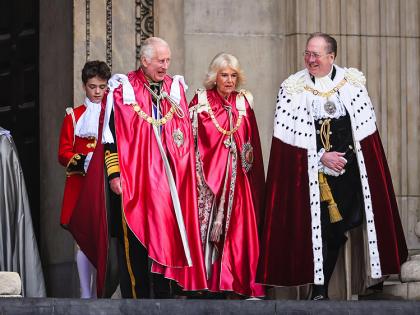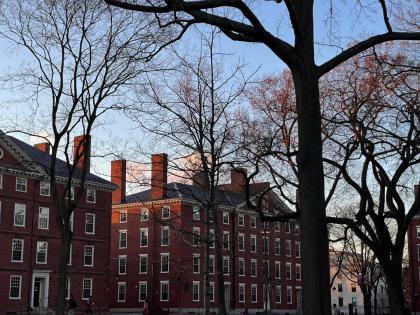Princeton is not Harvard. Smaller, more intimate, it offers superb undergraduate and doctoral education in the liberal arts and engineering and applied sciences, without the huge professional schools (business, law, medicine) that shine so brightly in the Crimson firmament.
For whatever reason—a more unified culture, sheer nimbleness—the Tiger has shown it can roar with a single voice. The trustees’ Princeton University Strategic Framework, dated January 30 (a frills-free 24 pages, black type on white paper), outlines an institutional vision, a contemporary operating context, a financial model, and clear priorities for the next few years. The framework, and progress in effecting it, are to be reviewed every four years.
Adherents of peer schools might take note. Eschewing the sprawl of the “multiversity,” Princeton declares itself a “cohesive institution with a shared and intensely felt sense of mission.” Perhaps as a result it is materially fortunate (per student, Princeton’s endowment is about 50 percent larger than Harvard’s), and the trustees find that the spending of that wealth has “tended in practice to favor future generations” unduly. They therefore adopt a higher maximum spending rate, the better to advance research and education in the here and now—and to reduce a possible bias that might “favor financial capital at the expense of human and physical capital.”
Administrators are directed to increase spending from the current low level, to “co-invest” with eager supporters who share Princeton’s goals—a nifty option, immediately after a capital campaign. To that end, the university will, inter alia, expand its undergraduate population by 500, to about 5,800, adding a new residential college; accept transfers, in part to seek economic diversity by enrolling veterans, community-college students, and others; augment service-oriented education and extracurriculars; build capacity significantly in environmental sciences, education research, engineering (computer science, statistics, and machine learning); and seek partnerships with external constituencies.
In all, it is a useful vision for Princeton as a “liberal arts university for the twenty-first century.”
The governance reforms Harvard enacted in late 2010 aimed in part to give the Corporation capacity to think more strategically. Toward that end, Princeton’s framework, downloaded from New Jersey, would fit nicely in the Fellows’ next briefing packets. Harvard is emphatically not Princeton—but this community could surely benefit from engaging in a similar exercise, and producing an equivalent road map.







